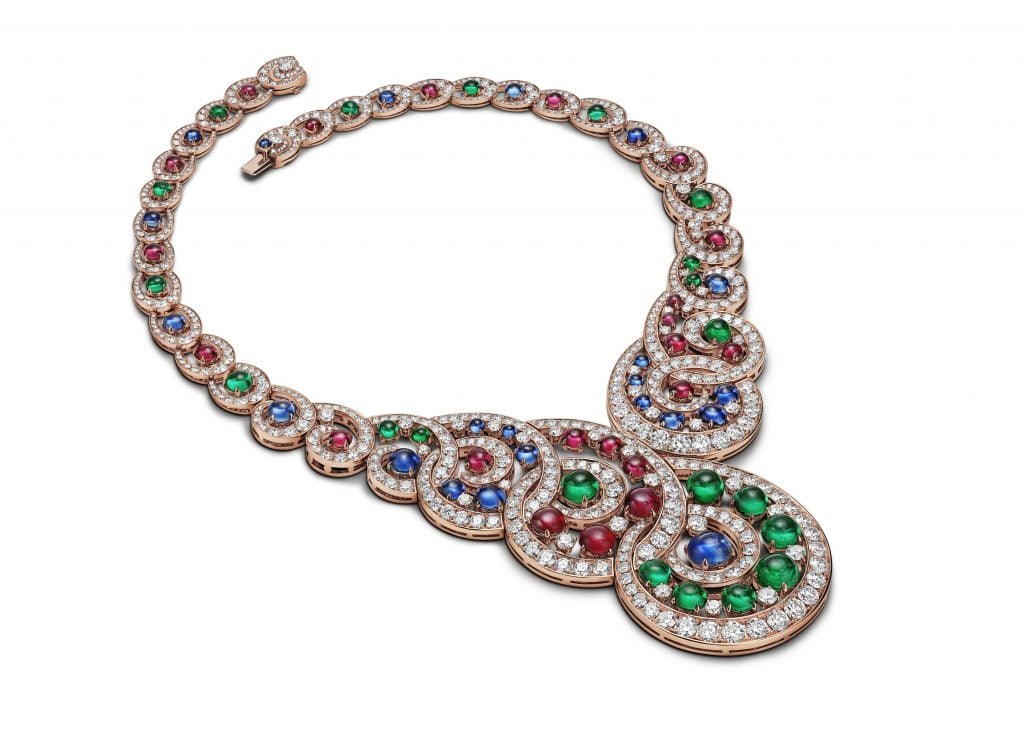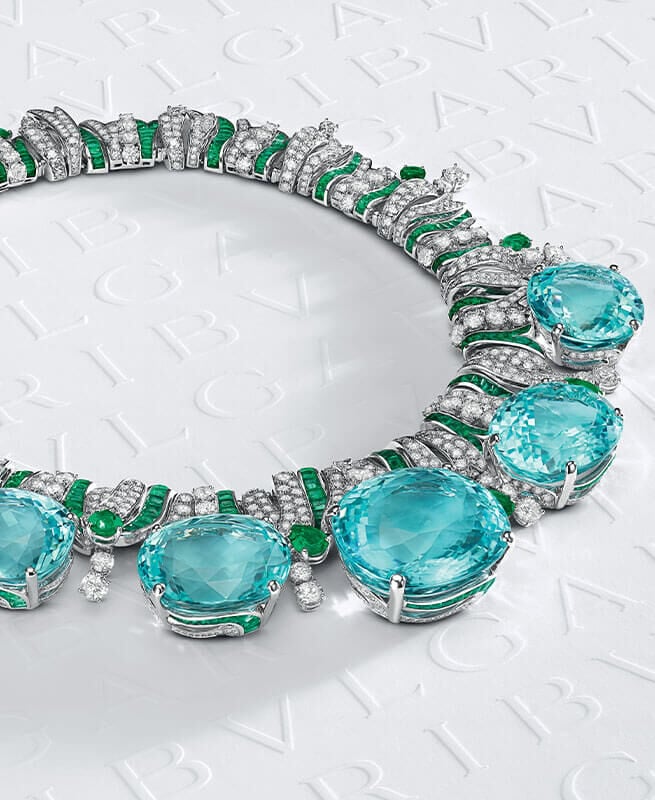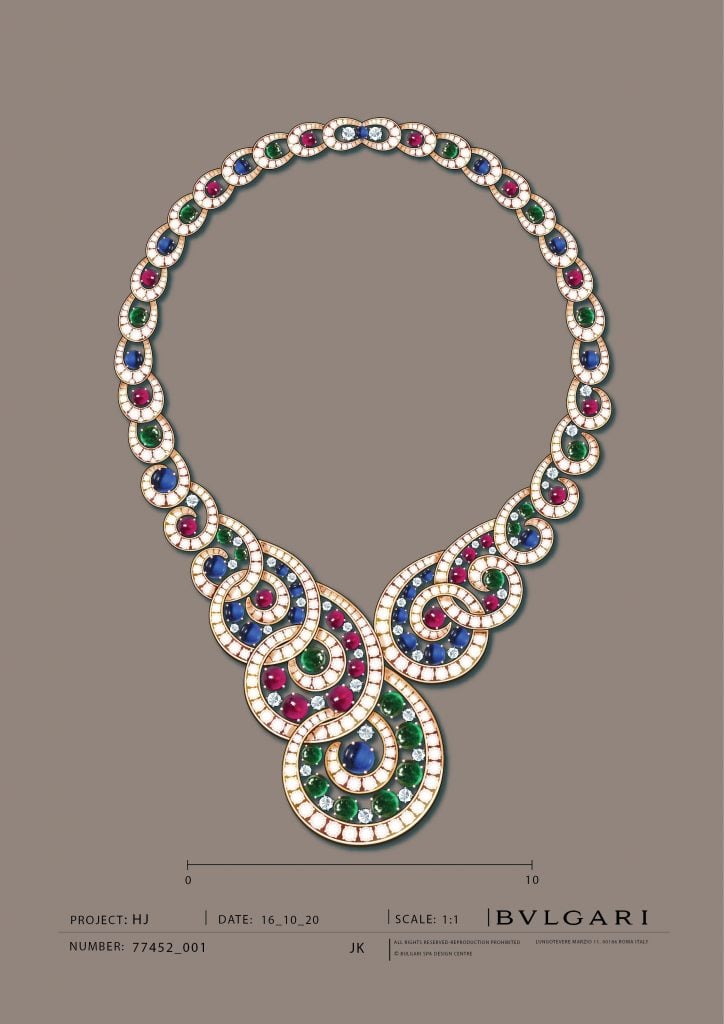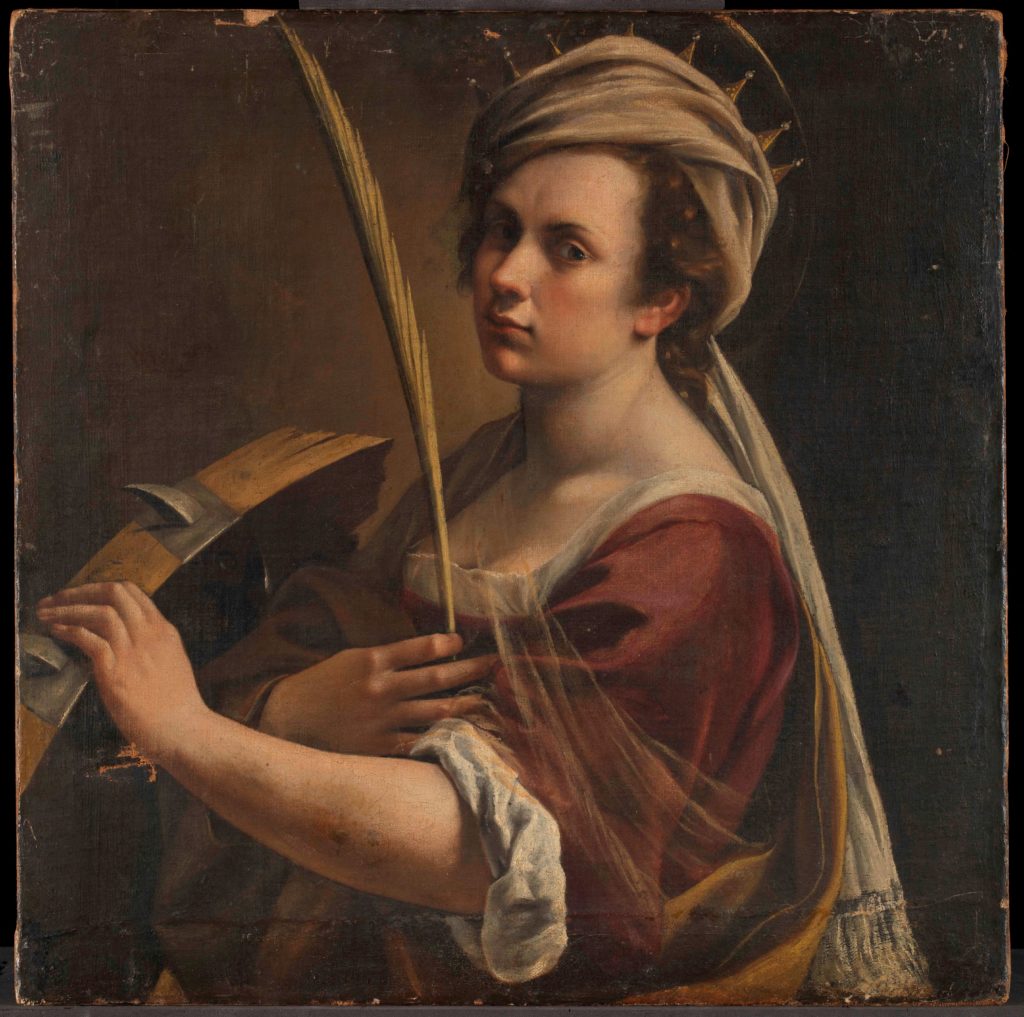Style
The Art of Craft: How a New Bulgari Necklace Pays Tribute to the Bold Spirit of 17th-Century Painter Artemisia Gentileschi
Bulgari's creative director Lucia Silvestri crafted the piece with the legendary Baroque artist in mind.

Bulgari's creative director Lucia Silvestri crafted the piece with the legendary Baroque artist in mind.

by
Artnet News

Last week, the Italian luxury jeweler Bulgari launched the Magnifica collection, its latest high jewelry line that pays homage to what the brand calls its three design pillars: gems, creativity, and craftsmanship, as explored through the art and architecture of Rome.
In crafting the collection, Bulgari’s creative director Lucia Silvestri spent months sourcing precious gems from around the world, which she fused together in unlikely combinations on beautiful works of wearable art that capture the spirit of the eternal city through the ages. According to the brand, the monumental 350-piece collection—some of which are archival works and 122 of which are new pieces—took approximately 10,000 hours to realize.
In many ways, the collection also pays homage to the legions of cultural figures who, since the brand’s inception in 1884, have visited Bulgari’s flagship, originally on the Via Condotti, to don its painstakingly crafted objects—including, famously, the model Veruschka, who was photographed for American Vogue in one of the house’s most boundary-pushing designs, a heart-shaped emerald pendant weighing about 127 carats, flanked by solid gold links encrusted with cabochon-cut rubies, citrines, amethysts, and topaz.
Two years ago, Bulgari bought back the piece (after it was previously sold to a Genovese collector) at auction.

The Mediterranean Queen. Photo courtesy Bulgari.
And while the brand has historically been known for its daring designs, there are several pieces in the new collection that carry that same level of ambition, too, including an archival necklace dating back to 1969, entitled the Mediterranean Queen, which itself took over 2,400 hours to craft. The work features five oval cushion-cut Paraiba tourmaline stones, which weigh approximately 500 carats and are connected by elegant, curved lines over which sit rows of cabochon emeralds and diamonds. As some of the rarest gemstones in the world, the Paraiba tourmalines were selected for their aqua glow, which, according to the house, were originally chosen for the way they seemed to capture the clear waters surrounding Sardinia.
Meanwhile, the Imperial Spinel necklace—perhaps the ultimate homage to the house’s penchant for colored gems in the collection—showcases the fourth-largest spinel known in the world at its center that weighs approximately 131.21 carats and is surrounded by cascades of diamonds and emerald beads.

The Baroque Spiral Necklace. Photo courtesy Bulgari.
Still, it’s possible that the standout work in the collection is the Baroque Spiral necklace, which was inspired by the work of the 17th-century Baroque painter Artemisia Gentileschi, who, with her dramatic artworks featuring chiaroscuro, challenged societal expectations surrounding women at the time by allowing them to hold central roles in her artworks.
Per the house, the necklace reflects Gentileschi’s spirit and groundbreaking work as one of the few women artists in a male-dominated world. When Gentileschi was allegedly questioned by the powerful Medici family about her ability to paint as a woman, she supposedly quipped, “My illustrious lordship I’ll show you what a woman can do!”

Artemisia Gentileschi, Self Portrait as Saint Catherine of Alexandria (circa 1615). Courtesy of the National Portrait Gallery, London.
The necklace made in her honor packs a punch, too, and features cabochon rubies, emeralds, sapphires, and sparkling diamonds that were masterfully hand-set one by one on the necklace’s interlooping spiral pattern that appears, too, as a contemporary interpretation of Bulgari’s bold, color-forward 1960s creations.
To learn more about the collection, click here.